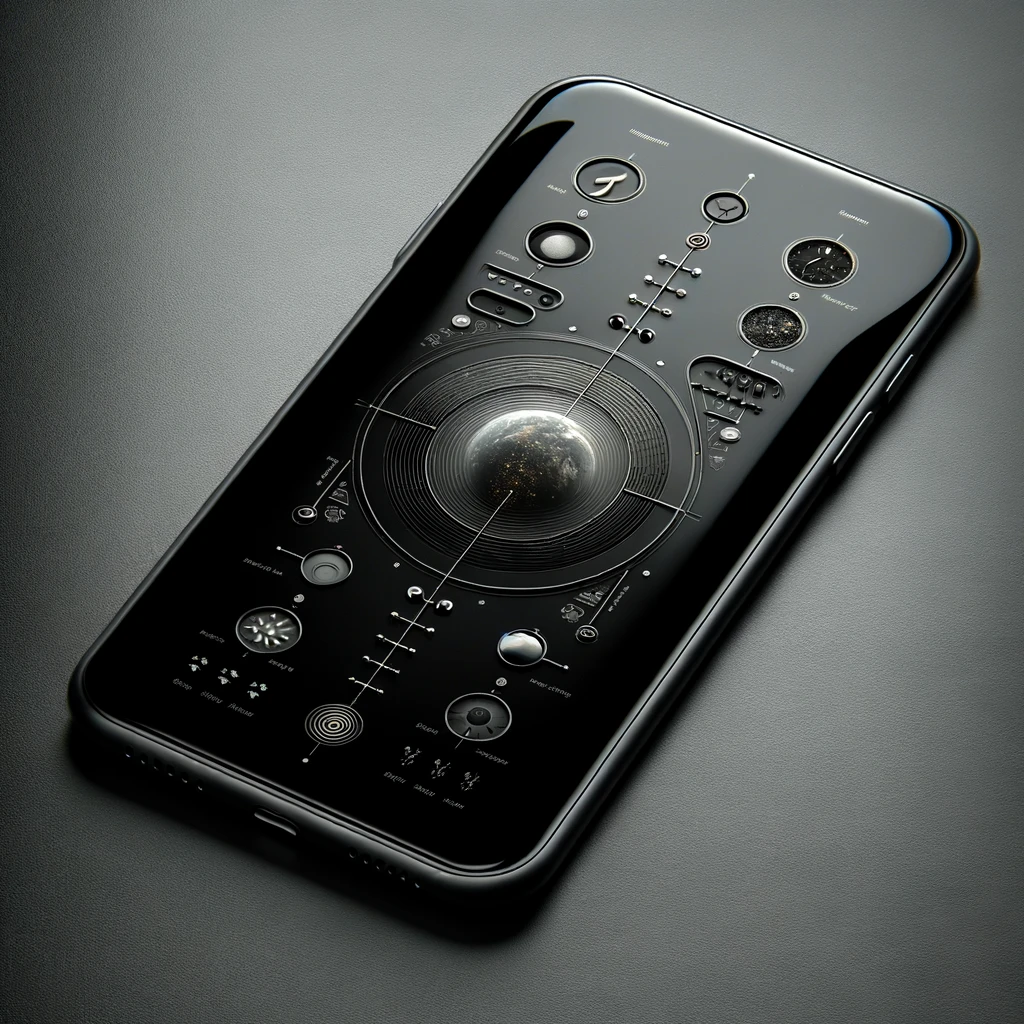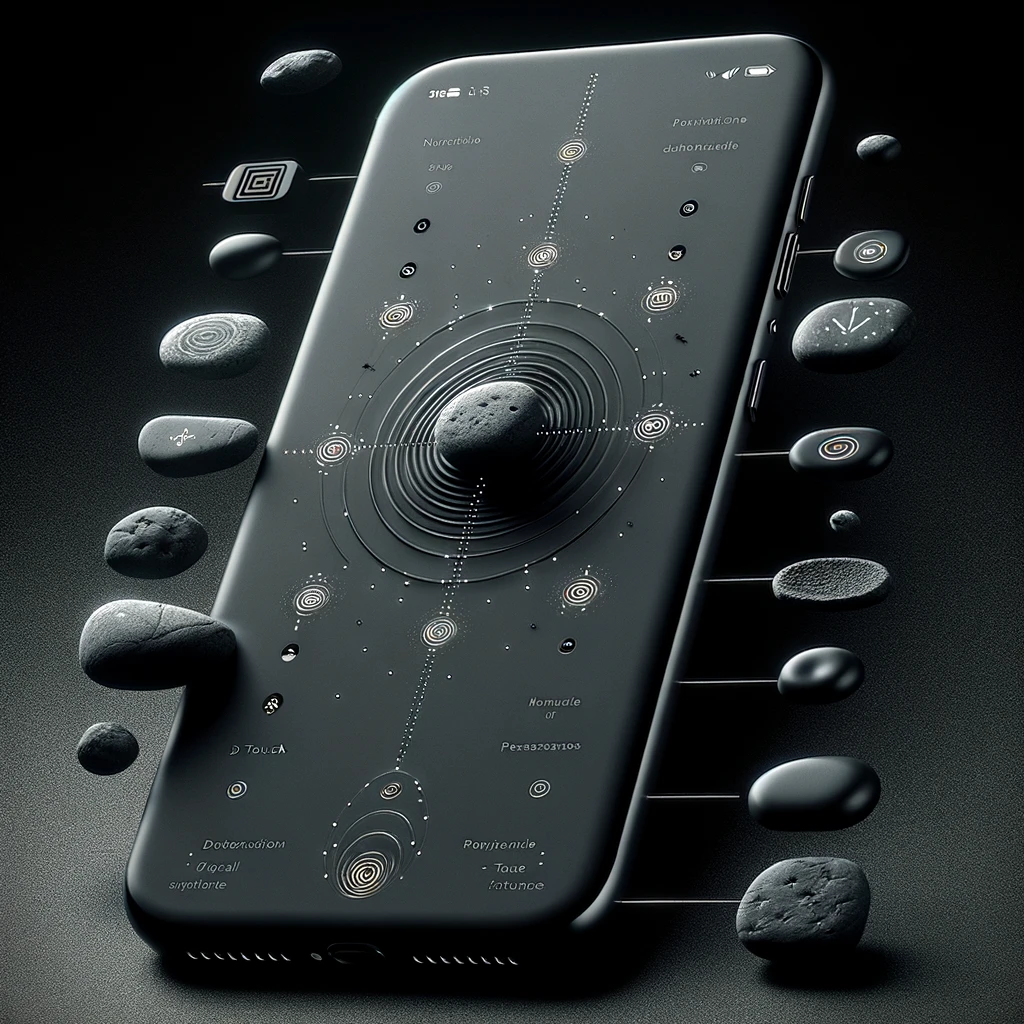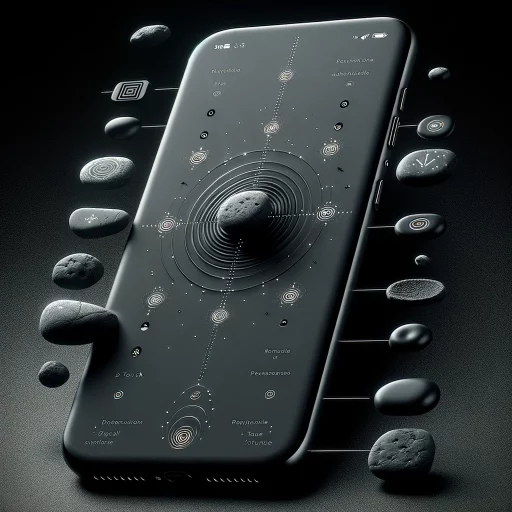

Design me an iPhone that doesn’t have a screen. That is built on haptic feedback.
Envisioning an iPhone without a screen is an intriguing exercise in minimalism and user interaction, one that would radically shift our relationship with technology. This iPhone would likely resemble a sleek, screenless monolith, with a smooth, tactile surface crafted from high-quality materials such as aluminum or ceramic.
The device’s primary mode of interaction would be through sophisticated haptic feedback and 3D touch sensors. The entire chassis could serve as an input device, sensitive to a variety of gestures. Users could navigate through functions with taps, swipes, and pressure changes, each action met with precise vibrational feedback that simulates the sensation of buttons or sliders.
Without a screen, the reliance on auditory and tactile input would be paramount. Advanced voice recognition would be necessary for tasks traditionally handled visually. The device would need to be smart enough to interpret a range of commands and offer feedback and confirmations through a combination of sound and touch.
The phone could also integrate with wearable technology, like a smartwatch or AR glasses, to provide the visual component when needed, yet retain its identity as a standalone device. This would be a bold statement on digital minimalism, encouraging users to engage with their surroundings rather than a screen. It’s a design that harkens back to a more tactile era, possibly meshing well with stoic principles of simplicity and focus.
